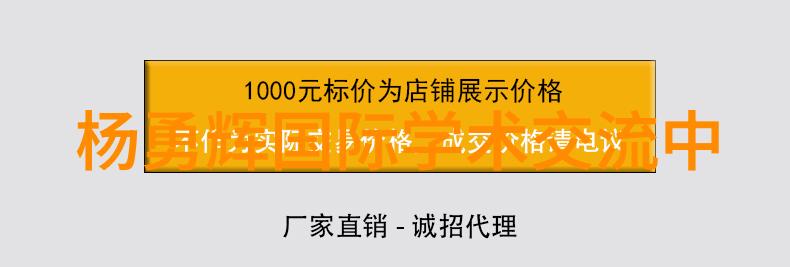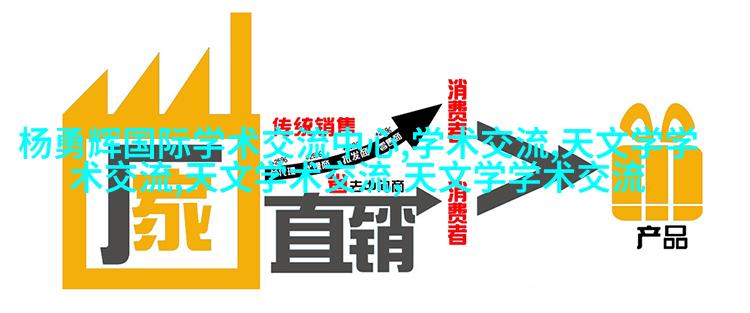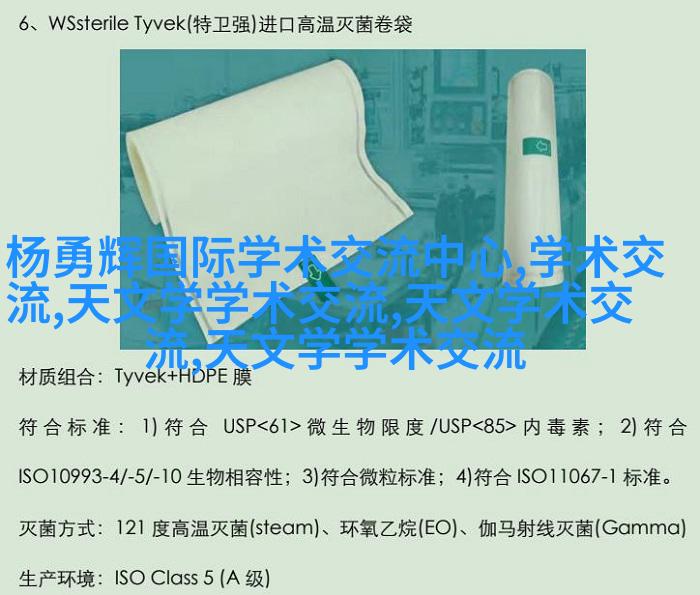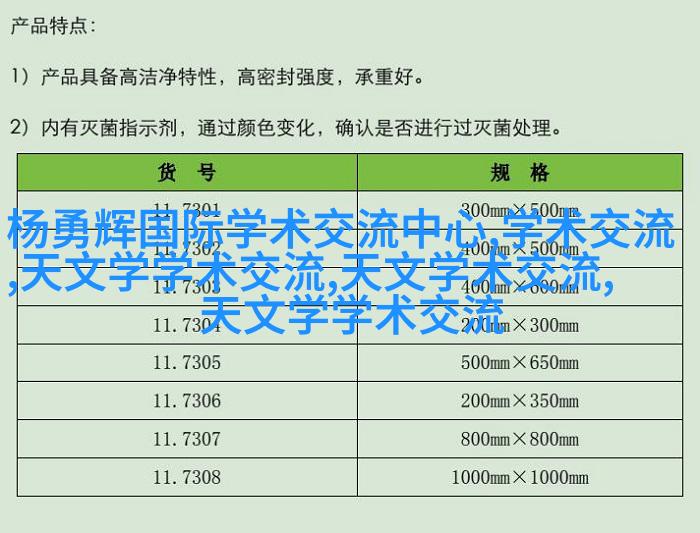食品安全监管:仪器分析技术的精准守护者

在食品检测中,仪器分析技术扮演着不可或缺的角色,它们提供了确保食品安全的强有力工具。以下是关于仪器分析在食品检测中的应用的一些关键点。
食品成分分析

通过高性能液相色谱(HPLC)、气相色谱(GC)和质谱等现代化仪器,可以快速、高效地检测食物中的各类营养素、添加剂、农药残留等。这不仅能帮助生产商控制产品质量,还能为消费者提供更健康、更可靠的食品选择。
微生物检测

在微生物污染方面,PCR技术可以迅速准确地鉴定微生物存在情况;酶联免疫吸附测定法(ELISA)则用于检出细菌毒素和病原体抗体。此外,流式细胞术还能够对微生物进行实时动态观察,从而提高了疾病预防能力。
物理性质测试

Instrumentation such as spectrophotometers and chromatographs are used to determine the physical properties of food, including pH, moisture content, and fat percentage. These tests help ensure that food products meet quality standards and are safe for consumption.
食品加工过程控制

Instrumental analysis plays a critical role in monitoring food processing conditions, such as temperature, pressure, and flow rates. This information helps manufacturers optimize their processes to produce consistent high-quality products.
质量控制与合规性
Food producers must comply with strict regulations regarding contaminants like heavy metals or pesticide residues. Analytical instruments like atomic absorption spectroscopy (AAS) and gas chromatography-mass spectrometry (GC-MS) enable them to detect these substances at very low levels.
环境监测与追溯系统
Environmental monitoring is essential for ensuring the safety of food production systems from contamination sources outside the facility walls. By tracking raw materials through an instrumented traceability system, processors can quickly identify any potential risks or issues during production.
In summary, instrumental analysis is an indispensable tool in ensuring the safety and quality of our food supply chain by providing accurate detection methods for various contaminants and additives while controlling processing conditions within strict regulatory guidelines.
文章结束



